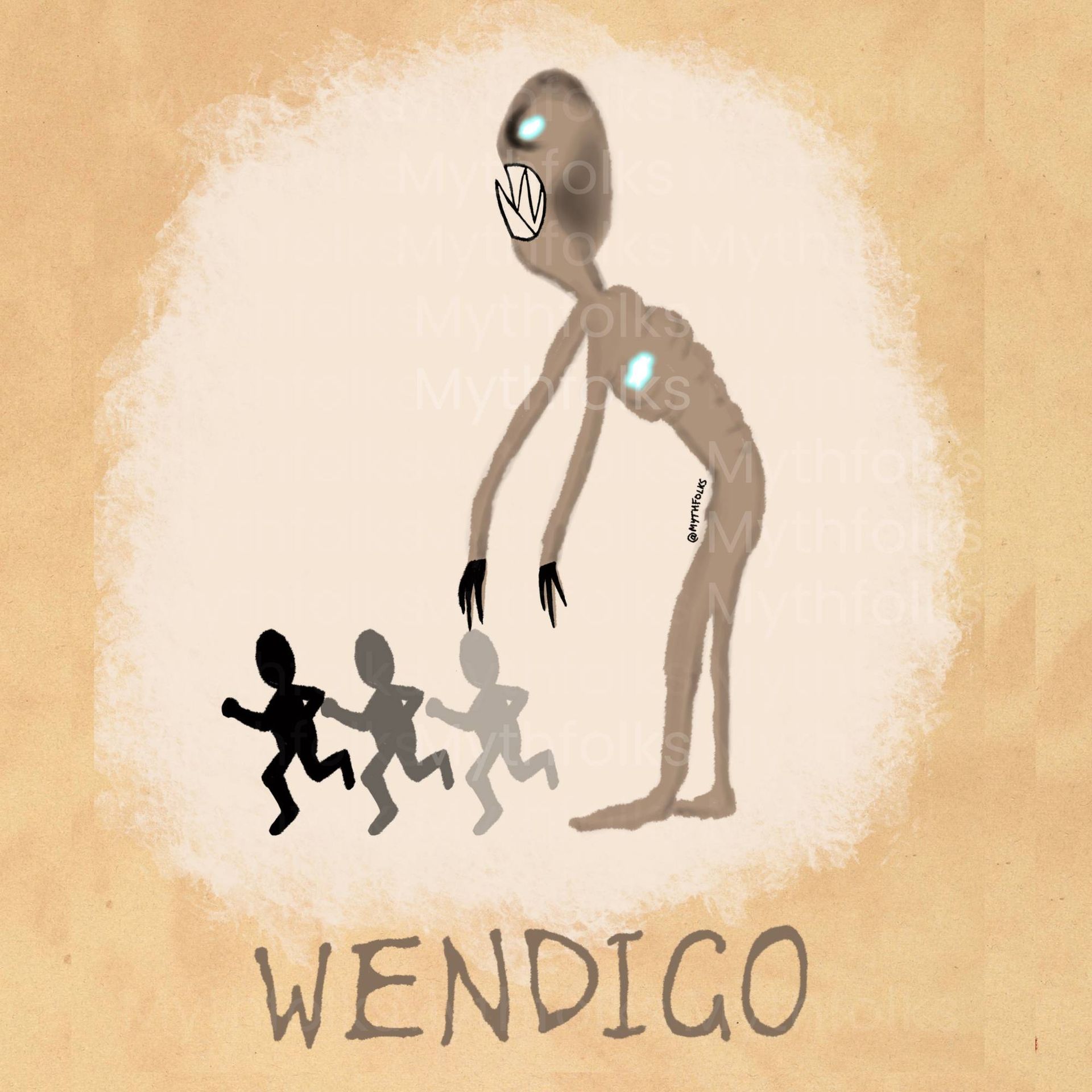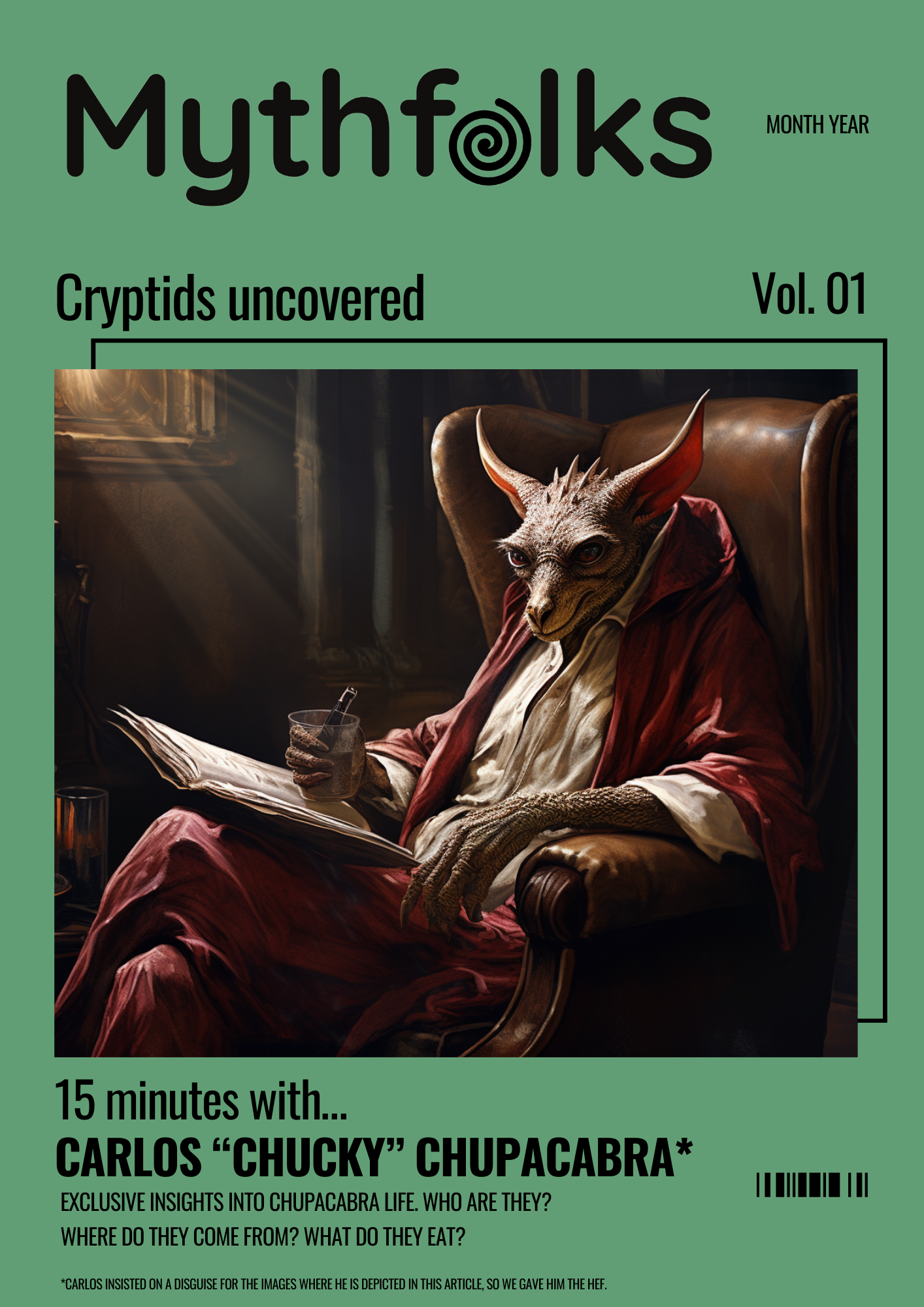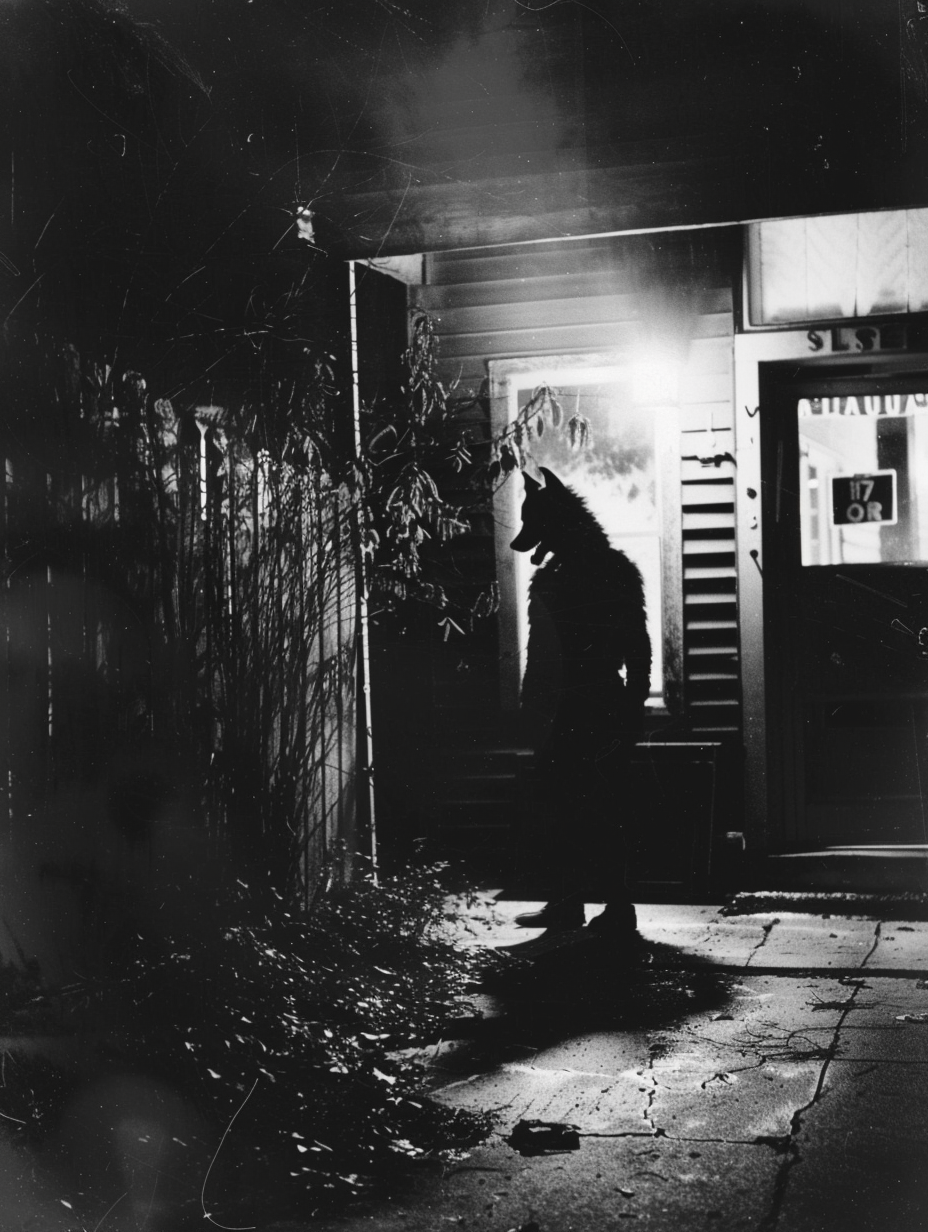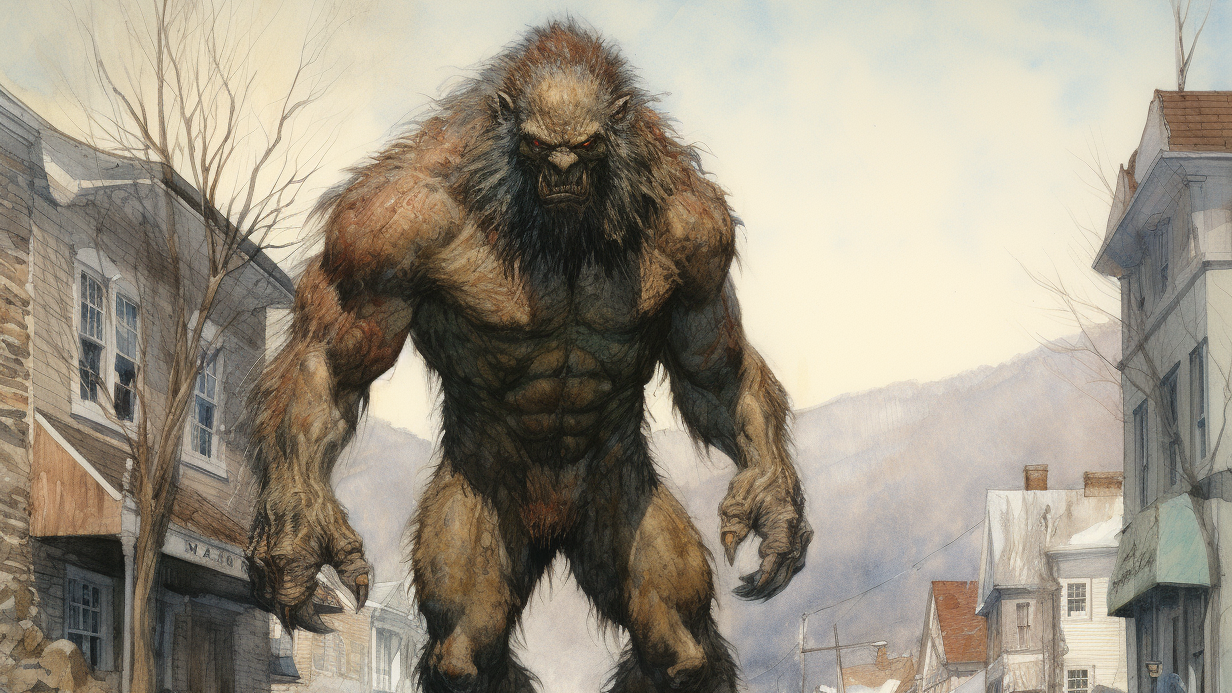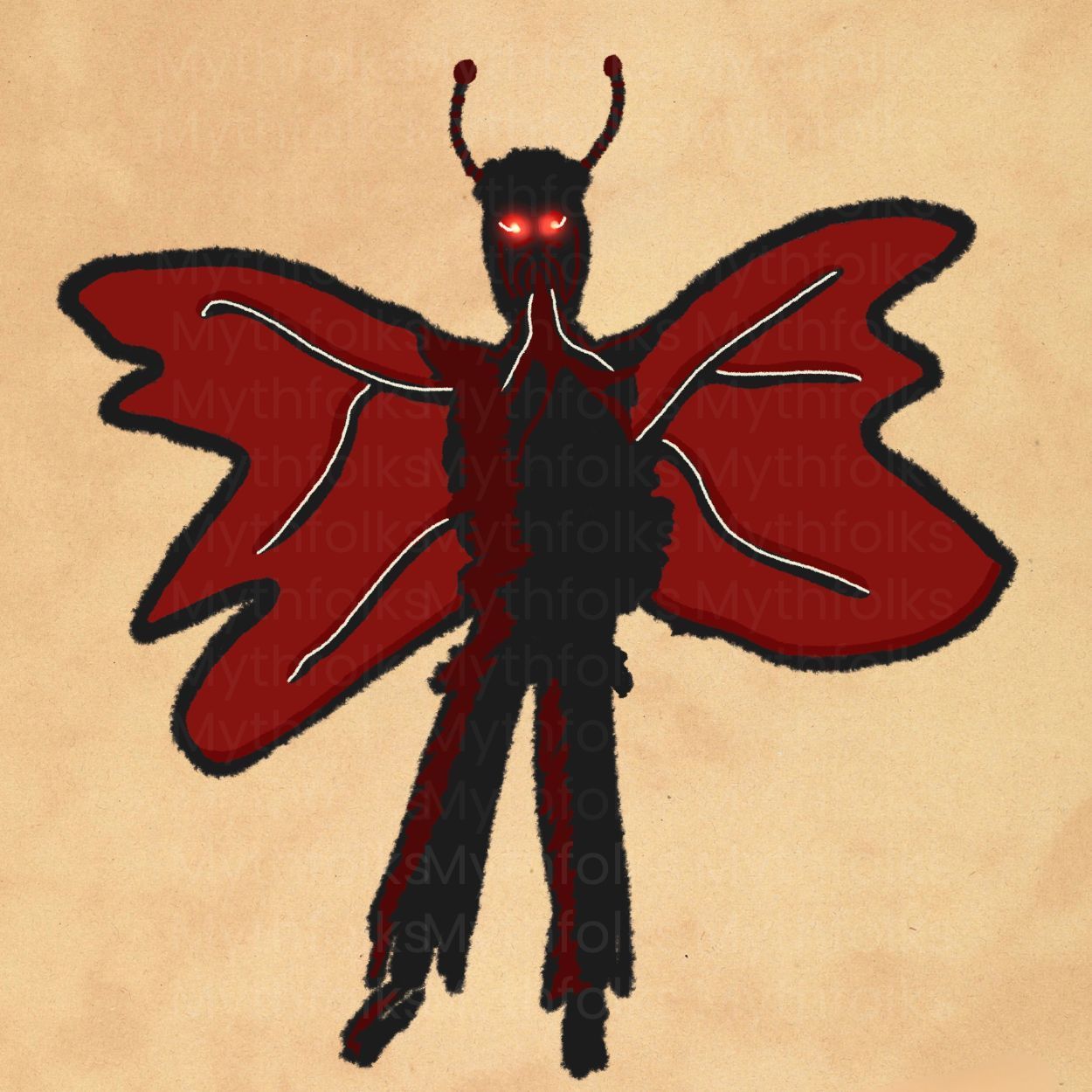Wendigo Psychosis: the myth, reality and psychology of survival
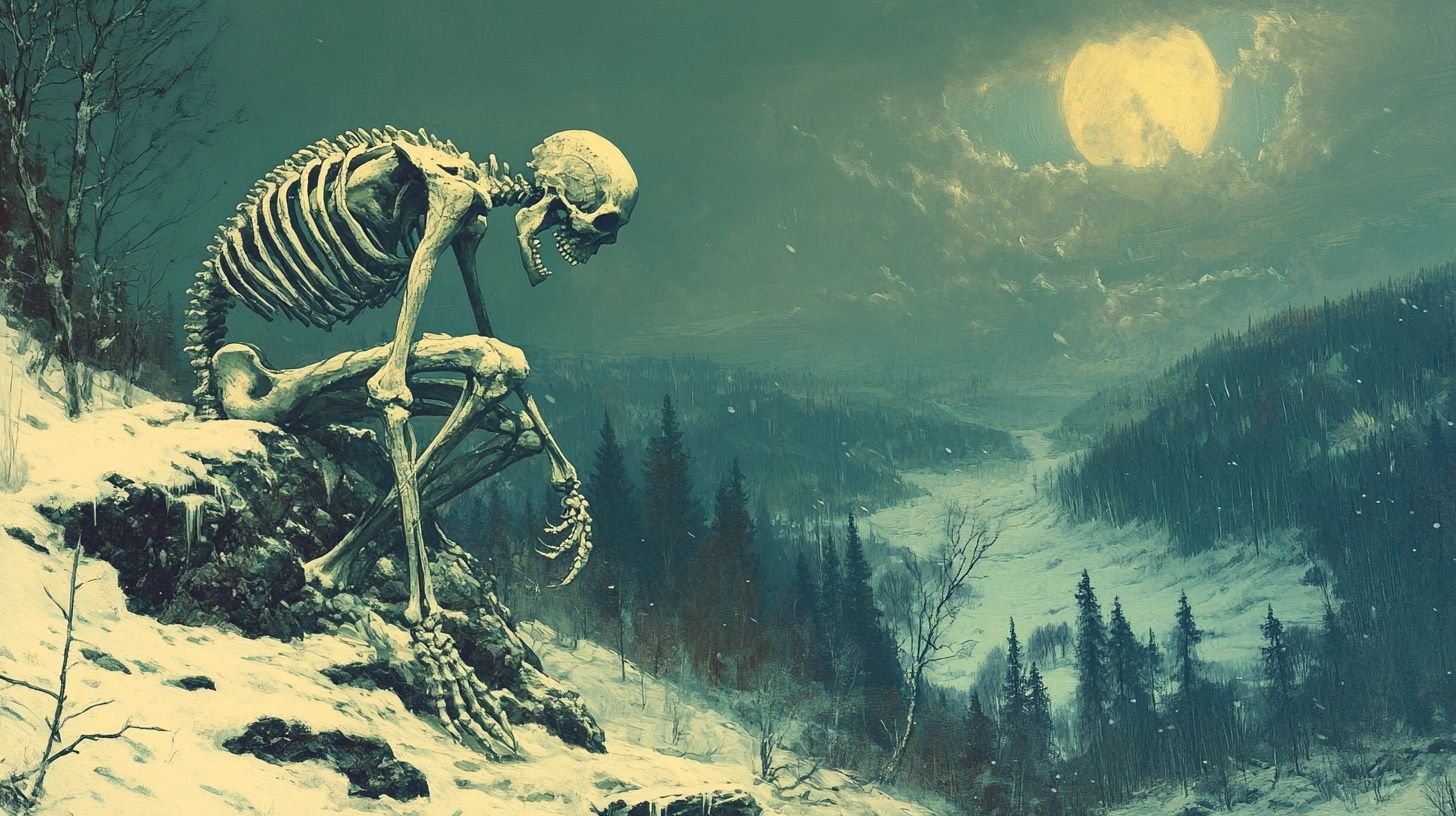
Wendigo psychosis is an unsettling cultural phenomena that emerged from North America’s Indigenous folklore.
Rooted in the beliefs of Algonquin-speaking peoples, such as the Cree, Ojibwa and Saulteaux, this phenomenon describes a terrifying psychological state in which individuals develop an intense fear of becoming a Wendigo or feel an uncontrollable urge for human flesh.
Unlike many cryptid-related myths, Wendigo psychosis is tightly bound to historical realities, including starvation, isolation and cultural taboos.
Keep reading to find out more about this bizarre and chilling affliction.
Published: 8th Mar 2025
Author: Mythfolks
The origins of Wendigo psychosis
Wendigo psychosis is deeply connected to the harsh environments of the northern United States and Canada. For Indigenous communities living in remote, unforgiving climates, survival required strict adherence to communal ethics.
The Wendigo myth is often believed to have arisen as a way to reinforce these values, warning against selfishness, greed and any behavior that might jeopardize the group.
Cultural stress and environmental conditions contributed to the development of Wendigo psychosis. Prolonged isolation, severe famine and cultural beliefs about spiritual possession created the conditions for the psychosis to emerge.
Individuals suffering from it believed they were possessed by the Wendigo or transforming into one, a process that carried deeply ingrained fears of cannibalism.
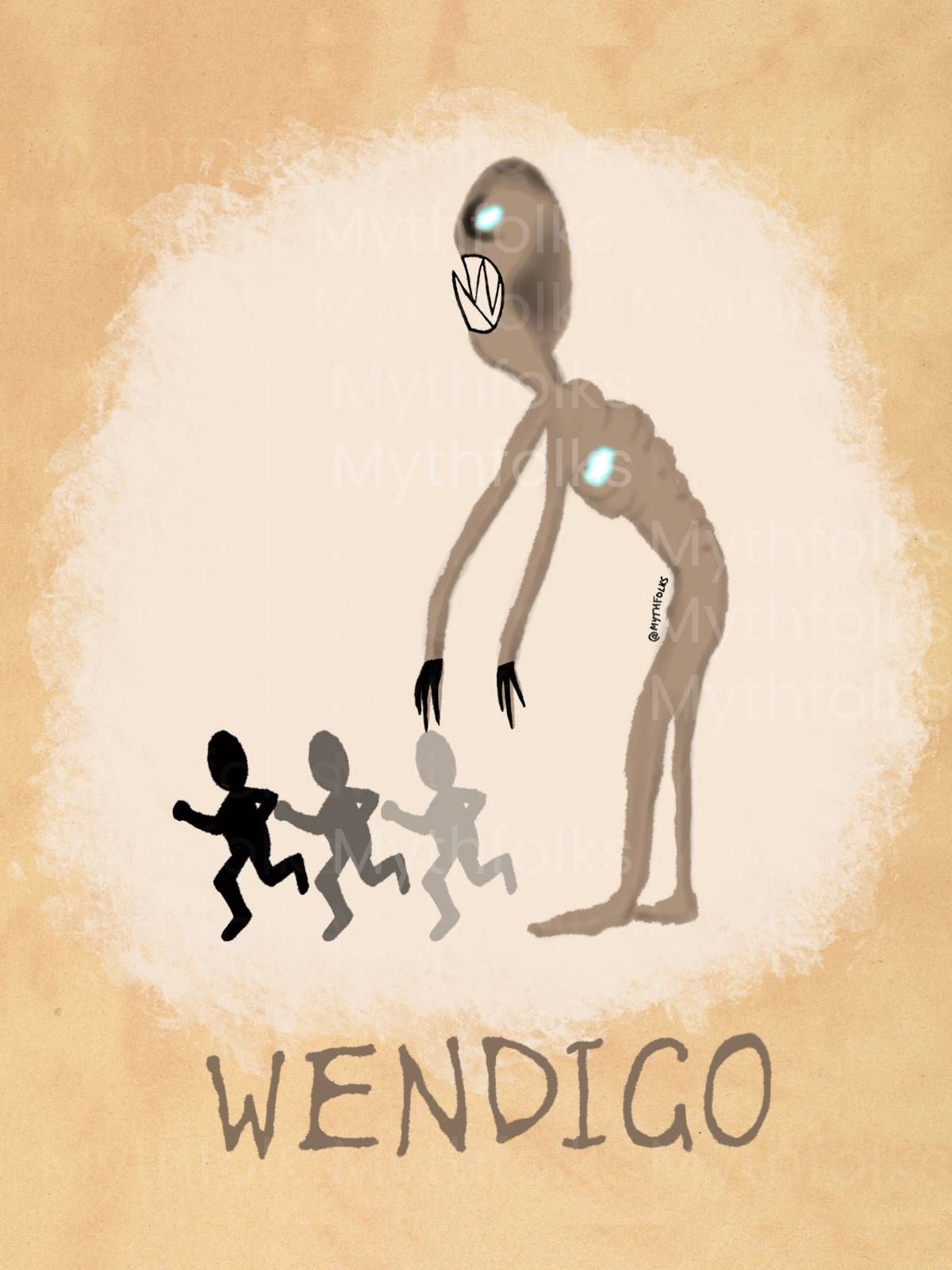
Famous cases of Wendigo psychosis
Historical records offer a few accounts of Wendigo psychosis, showcasing how deeply the phenomenon was tied to real-life events. These stories remain some of the most fascinating examples of how folklore and survival psychology intersect.
Swift Runner (1879)
One of the most infamous cases involved Swift Runner, a Cree trapper who was stranded with his family during the winter of 1878-79. Despite being only 25 miles from a trading post, he killed and cannibalized his wife and children. At his trial, Swift Runner claimed he was possessed by a Wendigo spirit that drove him to commit the murders. He was executed in Fort Saskatchewan, but his case remains a defining example of Wendigo psychosis.
Jack Fiddler (1907)
Jack Fiddler, an Oji-Cree shaman, was renowned for his supposed ability to “defeat Wendigos.” This often involved killing individuals believed to be in the early stages of transformation. In 1907, Fiddler and his brother Joseph were arrested for the murder of a woman suspected of turning into a Wendigo. Jack committed suicide in custody, while Joseph died in prison before his pardon was finalized. This case highlights how deeply Wendigo beliefs influenced communal actions and justice.
The Young Hunter (1936)
A detailed account from anthropologist Irving Hallowell describes a young man who, after prolonged isolation, began experiencing delusions of needing to consume human flesh. The community determined that he was becoming a Wendigo and, fearing for their safety, his father was forced to kill him to prevent the spirit from spreading. This tragic case underscores the lengths communities would go to protect themselves from perceived threats.
Montagnais Woman (1634)
One of the earliest recorded cases of Wendigo psychosis involved a Montagnais woman in Quebec who, during a famine, began exhibiting symptoms of delusion and anorexia. Her community interpreted her behavior as a sign of possession, reinforcing the cultural association between starvation and Wendigo transformation.
The psychology of the phenomena
The symptoms of Wendigo psychosis reflect the psychological toll of starvation and isolation. Early symptoms often included paranoia, depression, and withdrawal. As the condition progressed, individuals might experience hallucinations, intense cravings for human flesh, and delusions of becoming a Wendigo.
Psychologists and anthropologists have debated the nature of Wendigo psychosis. Some view it as a culture-bound syndrome - a mental health condition tied specifically to the beliefs and environmental conditions of Algonquian peoples.
Others argue it may be better understood as a form of extreme psychosis triggered by starvation, isolation and cultural stress. Modern cases of Wendigo psychosis are rare, but its study provides valuable insight into the interplay between culture and mental health.
Cultural significance and survival
The Wendigo myth served a vital cultural purpose in subarctic communities. It reinforced taboos against cannibalism, which, while a last resort for survival, was considered a catastrophic moral failing.
The fear of the Wendigo also encouraged communal cooperation, discouraging selfish behaviors that could endanger the group.
The cultural significance of the Wendigo extended beyond survival, offering explanations for the unexplainable.
In one case, a Cree woman who consumed her family during famine was treated with a remedy of bear fat, which she vomited along with "ice," symbolically curing her possession.
These practices reflect the spiritual dimensions of Wendigo psychosis and the belief that it could be treated or prevented through ritual and communal action.
Modern interpretations
Wendigo psychosis is no longer recognized as a formal psychological condition, but it remains a topic of fascination in both academic and popular circles.
Modern psychiatry often frames the phenomenon as an example of how cultural narratives shape mental health. Meanwhile, the Wendigo itself has transcended its origins, becoming a fixture in horror literature and media.
The survival narratives associated with Wendigo psychosis also resonate with real-life events, such as the Donner Party tragedy and the 1972 Andes plane crash, where starvation led individuals to cannibalism.
These events, though far removed from the cultural context of the Wendigo, echo its central themes of desperation and moral collapse.
Wendigo psychosis represents a cold intersection of myth, culture and psychology. For the Indigenous peoples who told these stories, it was both a warning and a way to understand the devastating impact of starvation and isolation.
Today, the phenomenon continues to captivate those interested in folklore and mental health, offering a lens into the ways that cultural beliefs shape human behavior.
Whether as a historical reality, a metaphor for survival, or a reflection of human vulnerability, Wendigo psychosis remains one of the most compelling and haunting tales of the human experience.
Article sources
- Kolan, Michalina, Kamil Leis, Aleksandra Baska, Jakub Kazik, and Przemysław Gałązka. "Wendigo psychosis." Current Problems of Psychiatry 20, no. 3 (2019): 213-216.
- Oldak, Sean E., Anthony J. Maristany, and Brianna C. Sa. "Wendigo Psychosis and Psychiatric Perspectives of Cannibalism: A Complex Interplay of Culture, Psychology, and History." Cureus 15, no. 10 (2023).
- Volkan, Kevin. "Schizophrenia, culture, and culture-bound syndromes." Psychology Research and Applications 3, no. 1 (2021): 1-13
Read more
CRYPTIDS
The Wendigo: a cannibal cryptid from North America
This terrifying creature comes from indigenous tales in some of the most unforgiving inhabited places on earth. Read all about it here.
Explore more cryptids


